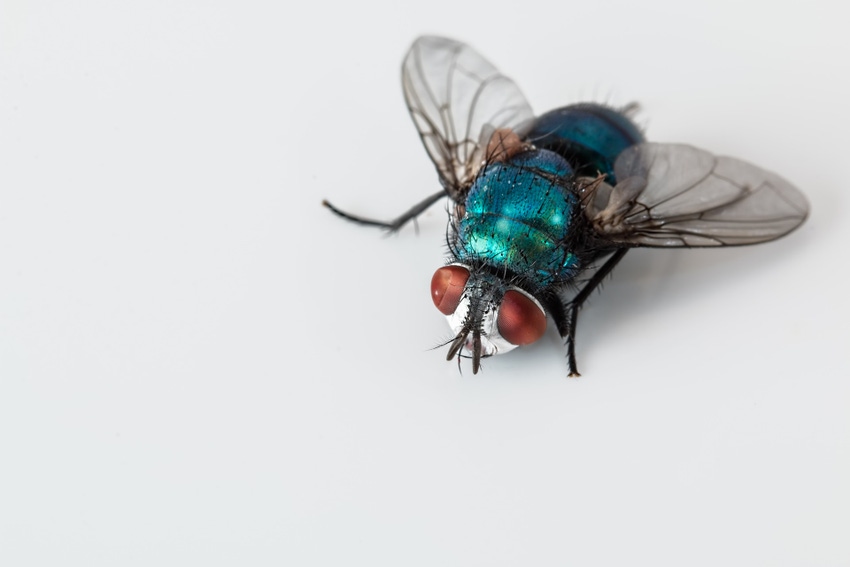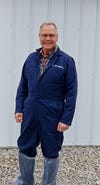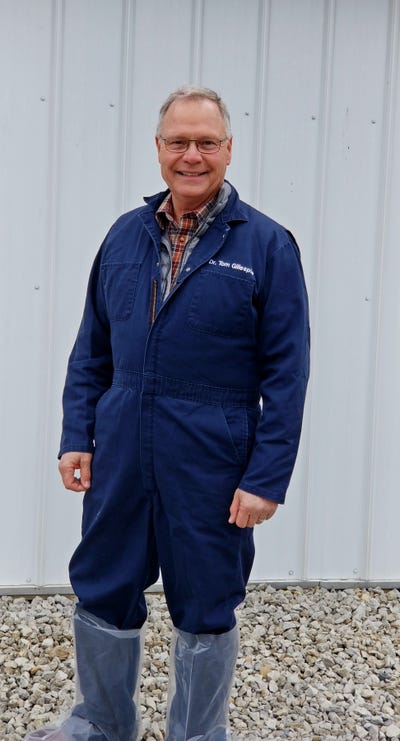Processes and protocols for fly control is now more key than ever considering the emphasis on margins.
April 17, 2018

Sponsored Content
Fly problems are much more than a nuisance. Farmers are keenly aware of the negative impact flies can create on the growth and performance of farm animals, which may lead to reductions in production and potentially serious economic losses (Stork, 1979). Whenever fly populations become extreme in locations close to human habitation, they can pose health and environmental risk hazards and may become an inconvenience to neighbors and their communities. This may lead to issues, up to and including closure, by local, state and federal governing bodies (Axtell, 1986). Flies are also known as carriers of many diseases including Chlamydia trachmomatis, mastitis, mycobacterial infections and parasitic helminthes such as Parafilaria bovicola, Thelazia spp., Heterotylenchus automnalis and the eggs of Ascaris, Trichuris, and Ancylostoma (Axtell, 1986). It should also be noted that flies do indeed create a nuisance within the production animals sector, which can in turn lead to slower growth rates and reduced production, both which are of significant financial concerns to the producer. (Sanchez-Arroyo, Capinera 1998).
In these times of extremely close net financial profitability for producers, processes and protocols for fly control is now more key than ever considering the emphasis on margins, fluctuating fuel costs, and varying feed outlay due to market prices of corn and soybeans.
The product used in this study is Flynexx (Cyromazine), a larvicidal insect growth regulator from Piedmont Animal Health. The formulation is designed for use across an array of facilities and scenarios, applied as either a granulated crystal or mixed with water to be used as a spray. Generally, if the organic material is damp or wet, a scatter is preferred at one cup per 200 square feet. However, if the organic material is dry, a spray is recommended. In this study, Flynexx was used as a spray at the labeled rate (one pound per 200 square feet) and applied through the 1-2-3 PIT Applicator, which is specifically designed to apply products
evenly across the pit with minimal time and effort.
To see the entire study and learn more click here.
About the Author(s)
You May Also Like





